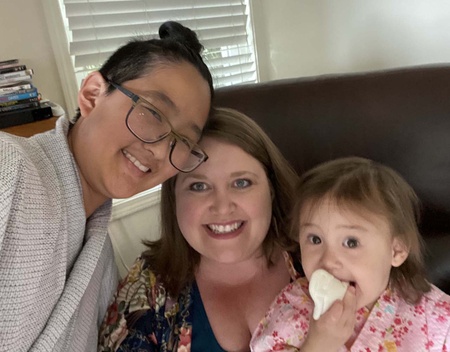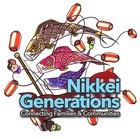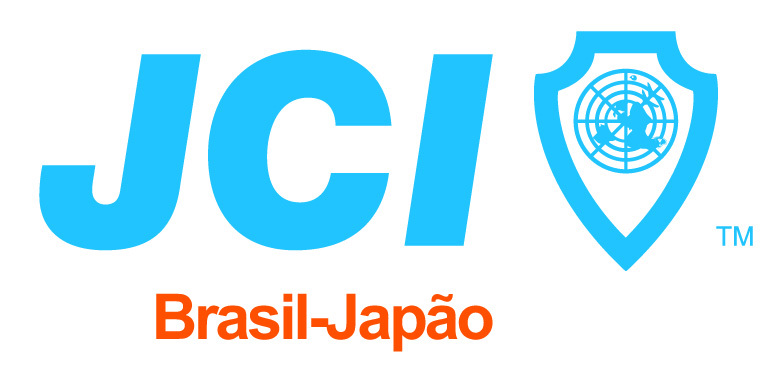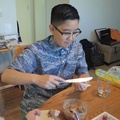I love obon. Standing under strings of chochin, their warm light dotting indigo summer skies like fireflies always feels like coming home. They transform a liminal space — a street or a parking lot — into a destination. Hot dogs and hamburgers coexist with ikebana and enka without question. For just a few hours, all of me makes sense. Of all the Nikkei traditions I grew up with, this was the one I most wanted to share with my child.
The 2020 pandemic had other plans.
Covid precautions quickly made clear that my child’s first obon would not look like anything I knew. Minute after minute, I hit refresh on my phone’s browser to see the latest infection rates during the weeks leading up to California’s obon season. Part of me hoped my obsession could change the outcome.
I debated with family spread across the state. Would we, could we, travel safely to the Central Valley to dance together in person? It was my grandmother’s hatsubon (she died weeks after I returned home to California from several years away in Iowa) and my kid’s first obon, so it felt meaningful. A Covid-positive test result sobered our discussions. I had to accept that I would need to find a different way to pass along the obon tradition.
With stories of death and disease all around, finding a way to honor obon felt urgent. One day I stumbled upon two recordings by the San Jose Taiko Ensemble. One video taught the history and steps to “Ei Ja Nai Ka”. The other video featured ensemble members performing the song and dance with their makeshift taiko drums built presumably from whatever materials they could find at home. These videos were the solution I didn’t know I was searching for. I strapped my child to my chest in a carrier, and we got to work right away. We practiced the call-and-response verses and the dance moves every chance we got.
Fast forward to obon 2021. We would once again observe this holiday alone at home. This time, I had a hand-me-down toddler yukata ready to go. I loaded a YouTube tutorial to learn how to tie my own. And then my kid, my spouse, and I got dressed up in our, as we called them, “Japanese clothes.” We searched for the 2020 “Ei Ja Nai Ka” recording, and I watched as my child’s face lit up with recognition and excitement. We danced. We turned. And my kid waved their arms wildly in the air, shouting sounds that only somewhat approximated the words coming from the screen. They threw their head back and cackled. It was indeed a celebration of joy.
Watching this scene unfold in my living room, I realized the tradition I most want to pass down isn’t obon. The tradition I want to pass on is adaptability. My favorite Nikkei experiences have all emerged from adapting to hardship. It’s enjoying sato-shoyu wienies at a baseball game, eating Chinese food after going to Buddhist church on Sundays, listening to the timeless tunes of the San Jose Chidori band.
It has made me wonder, maybe being Nikkei isn’t about doing a specific thing in a specific way, over and over, forever and ever? Maybe it’s about knowing the meanings behind Nikkei traditions and making it a priority to pass that on, from one generation to the next, in whatever ways we can.
I don’t know what the next day, next year, or next decade will bring. But I can be sure that it is our creativity, connection, and ability to change that will get us through together.
In the meantime, I know I will value the times I can honor the Nikkei traditions I grew up with because, like the fireflies whose light shows are beautiful precisely because they are fleeting, these moments will pass quickly too.
© 2021 Norio Umezu
Nima-kai Favorites
Each article submitted to this Nikkei Chronicles special series was eligible for selection as the community favorite. Thank you to everyone who voted!
















